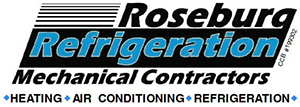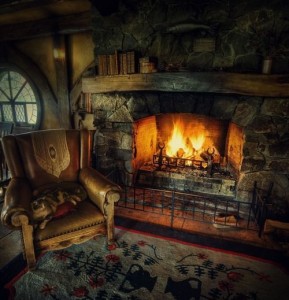Summer is winding down. With a couple more weeks of nice weather still to come it’s the perfect time to think about preparing your home for winter weather. No need to wait until the rain is flowing and the temperatures are dropping. When it comes to saving money there’s no time for procrastination.
There are several steps you can take to get your home ready for the chilly months ahead. A house that isn’t winterized will consume more energy, and with energy costs continue to rise dramatically every year you need to do what you can to keep heating costs down. Failing to winterize your house will progressively cost you more money on top of repair headaches.
- Check the house thermostat to ensure it works properly. Replace old thermostats with newer, programmable models that allow you to set a lower temperature while you are away or asleep and raise the temperature only when you need it. According to the Department of Energy, lowering the temperature about 10 degrees for eight hours a day may save you up to 10 percent a year.
- Change your furnace filter. Always follow the recommended filter change schedule according to the furnace and filter type. This may vary from monthly to perhaps every six months.
- Check the furnace pilot light to see if it is lit. Turn on the furnace and blower to ensure the furnace ignites and completes a full cycle, from warming up to blowing heat and shutting off the blower again. Hire a professional to evaluate the furnace and determine if it operates safely and efficiently.
- Check the furnace pilot light to see if it is lit. Turn on the furnace and blower to ensure the furnace ignites and completes a full cycle, from warming up to blowing heat and shutting off the blower again. Hire a professional to evaluate the furnace and determine if it operates safely and efficiently.
- Shine a light into your ducts to look for evidence of mold, pests or accumulations of dirt and debris. The EPA states that there isn’t yet enough evidence to suggest regular cleanings are necessary. Instead, clean ducts when moldy or excessively dirty. Consult a professional for more information and cleaning assistance.
- Inspect the heating ductwork. Look for holes and loose connections, tightening, taping or replacing pieces as necessary. Problem areas often occur where ducts meet the floor, ceiling or go through the wall.
- Insulate ductwork that runs under your house or through unheated areas. Special blanket insulation makes insulating around the ducts easy, simple work. According to Energy Star, the typical house loses about 20 percent of the air flowing through the ducts due to holes, leaks and loose connections. Factoring in heat loss through uninsulated ducts, the amount is likely even higher.
- Open any register vents or air returns inside your house. Vents may be wall mounted, in the floor or in the ceiling. Repair or replace damaged or loose vents.
- Feel the wall around electrical outlets, pipes or wires leading to the outside. Seal and insulate as appropriate. Expanding foam insulation for windows and doors provides the benefits of both.
- Reverse your ceiling fans to help circulate warm air that gathers near the ceiling. When the fan blades rotate clockwise, they push the warm air down to “reheat” the lower areas.
- Mount smoke and carbon monoxide detectors, if you don’t already have them, or change the batteries if you do. Test each one to ensure it operates properly. The winter season, when heating appliances may emit carbon monoxide and burning fires and other potential hazards are common, is a good time to schedule this annual task as part of your winterization process.
This are just a few steps you can take to help keep your home warmth at it’s peak.
If you have any questions at all about what can be done with your home, feel free to call our office and schedule an inspection.

